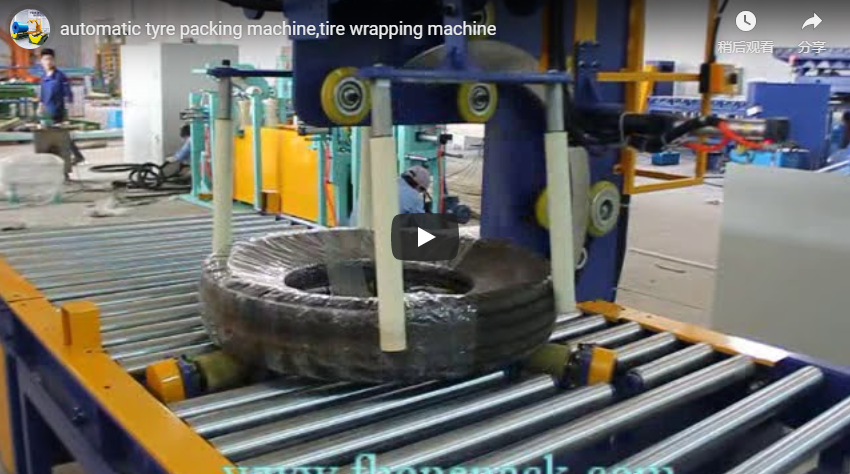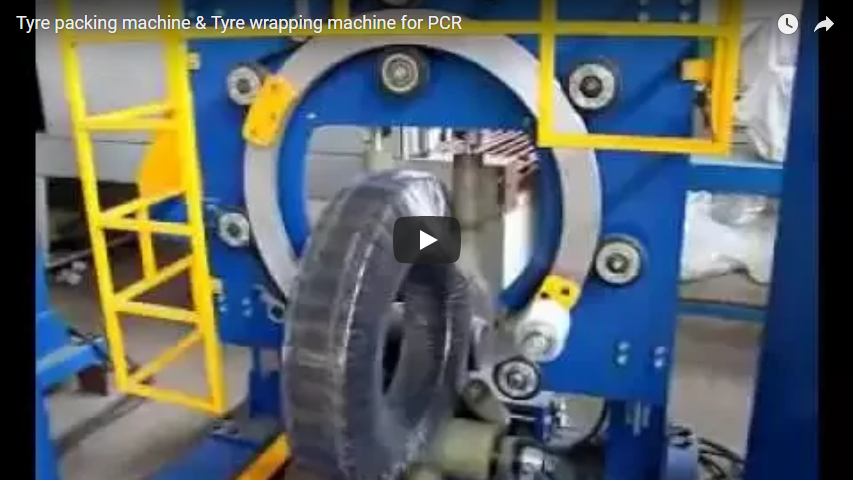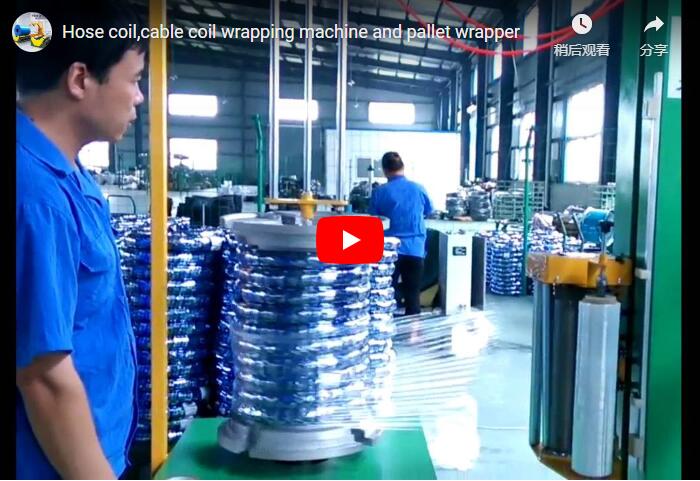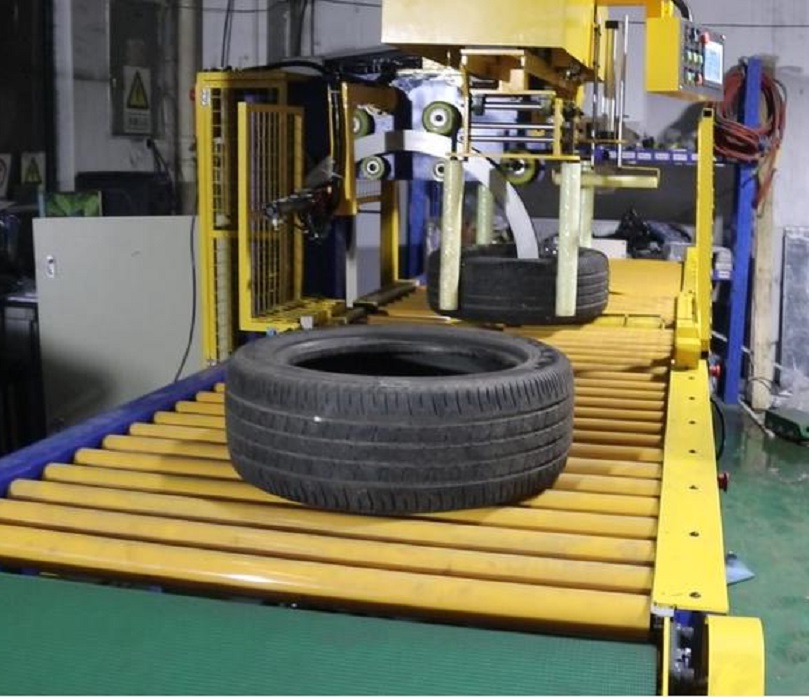Mastering Steel Protection: An In-Depth Look at Coil Wrapping and Pipe Coil Packing Machines
In the demanding world of steel production and distribution, ensuring the integrity of valuable steel coils and pipes during transit and storage is paramount. Damage from handling, moisture, or environmental factors can lead to significant financial losses and operational delays. This is where specialized packaging technology steps in. Coil wrapping machines and pipe coil packing machines are no longer just optional add-ons; they are crucial investments for maintaining product quality and optimizing logistics. This article delves into the technical nuances, operational benefits, and selection criteria for these essential pieces of industrial equipment, drawing from industry insights and practical experience.
1. The Unseen Costs of Inadequate Steel Packaging
Before exploring the machinery, it's vital to understand the risks they mitigate. Unprotected or poorly packaged steel products are susceptible to:
- Corrosion: Exposure to moisture and atmospheric contaminants can quickly lead to rust, degrading the steel's quality and usability.
- Physical Damage: Scratches, dents, and deformations can occur during handling, loading, and transportation, rendering products unsuitable for specific applications.
- Telescoping/Shifting: Coils can unwind or shift, creating handling hazards and potential damage. Pipe bundles can become loose and unstable.
- Contamination: Dirt, debris, and other contaminants can affect the surface finish and performance of the steel.
These issues translate directly into increased scrap rates, customer complaints, reputational damage, and higher operational costs. Effective packaging is the first line of defense.
2. Decoding the Coil Wrapping Machine: Precision Protection for Steel Coils
Coil wrapping machines are engineered to apply protective materials securely and efficiently around steel coils. While the concept seems simple, the technology involves precise control and adaptability.
- Machine Types: Primarily orbital wrappers (where the wrapping material revolves around the stationary coil) and horizontal wrappers (where the coil moves horizontally through a wrapping ring). The choice depends on coil size, weight, line integration, and throughput requirements.
- Wrapping Materials: Common materials include:
- Stretch Film: Provides load stability, moisture resistance, and dust protection. Available in various thicknesses and pre-stretch capabilities.
- VCI Paper/Film (Volatile Corrosion Inhibitor): Releases chemicals that form a protective molecular layer on the steel surface, actively preventing rust – crucial for long-term storage or sea freight. Learn more about VCI technology here (External authoritative link example).
- HDPE (High-Density Polyethylene): Offers robust puncture and tear resistance.
- Paper/Kraft Paper: Provides basic surface protection and moisture absorption.
- Key Technical Parameters:
- Coil Outer Diameter (OD): Max/Min range the machine can handle.
- Coil Inner Diameter (ID): Max/Min range.
- Coil Width: Max/Min range.
- Coil Weight: Maximum load capacity.
- Wrapping Material Width & Roll Diameter: Specifications for consumable compatibility.
- Ring Speed (RPM): Determines wrapping speed.
- Overlap Rate: Adjustable percentage for desired level of protection.
- PLC Control System: For programming wrap cycles, tension control, and integration.
Modern coil wrapping machines offer high levels of automation, including automatic film cutting and clamping, programmable wrapping patterns (e.g., edge protection, full wrap), and integration with conveyor systems for seamless operation.
3. Pipe Coil Packing Machines: Addressing Unique Geometries
Packing coiled pipes (like PEX, corrugated pipes, or smaller diameter steel tubes) presents different challenges than solid steel coils. Pipe coil packing machines are specifically designed for these applications.
- Key Challenges: Maintaining the coil's shape without excessive tension, managing potentially lighter but bulkier products, and often requiring bundling or strapping in addition to wrapping.
- Machine Features: These machines often incorporate:
- Specialized Coil Handling: Gentle loading/unloading systems to prevent deformation.
- Integrated Strapping Units: To bundle the coil before or after wrapping, ensuring it holds its form.
- Adjustable Tension Control: Critical for preventing damage to softer pipe materials.
- Versatile Wrapping Heads: Capable of applying stretch film, tape, or other suitable materials effectively around the less dense coil structure.
The goal remains consistent: providing robust protection against environmental factors and handling stresses, ensuring the pipe coils arrive at their destination in perfect condition.
4. From the Factory Floor: A Perspective on Implementation Benefits
Having been involved in numerous packaging line upgrades, I've seen firsthand the transformative impact of implementing modern coil and pipe packing solutions. Initially, some teams express concern about the investment or integrating new machinery. However, the results consistently speak for themselves:
- Drastic Reduction in Damage Claims: Properly wrapped products are significantly less prone to transit damage and corrosion. We've observed clients reducing damage-related costs by upwards of 70-80% post-implementation.
- Increased Throughput: Automated wrapping cycles are considerably faster and more consistent than manual methods, directly boosting packing line efficiency.
- Improved Safety: Automated handling reduces manual lifting and manipulation of heavy, potentially sharp-edged coils, minimizing workplace injury risks.
- Enhanced Product Presentation: Professionally wrapped coils and pipes signal quality and care to the end customer.
The key is selecting the right machine and ensuring proper training and maintenance protocols are in place.
5. Key Considerations When Selecting Your Steel Packaging Machine
Choosing the appropriate wrapping or packing machine requires a thorough assessment of your specific needs:
- Product Specifications: Accurately define the range of coil/pipe dimensions (ID, OD, width/length), weights, and material types you handle.
- Throughput Requirements: Determine the number of coils/pipes needing packing per hour or shift to ensure the machine meets your production speed.
- Packaging Material Needs: Decide on the necessary level of protection (basic dust cover, moisture barrier, anti-corrosion) to select the right wrapping materials and ensure machine compatibility.
- Level of Automation: Assess your budget and operational goals – from semi-automatic machines requiring manual loading/unloading to fully integrated, robotic systems.
- Factory Layout & Integration: Consider available floor space and how the machine will fit into your existing production flow (conveyors, cranes, etc.).
- Budget and ROI: Factor in the initial investment, running costs (materials, energy, maintenance), and expected returns (reduced damage, increased efficiency, labor savings).
6. Beyond the Wrap: Enhancing Efficiency and Safety
Optimizing your steel packaging operation goes beyond just the wrapping machine itself:
- Line Integration: Seamless integration with upstream and downstream processes (e.g., slitters, weigh stations, conveyors) maximizes efficiency.
- Safety Features: Ensure machines include robust safety guarding, emergency stops, light curtains, and interlocking systems compliant with relevant safety standards.
- Preventive Maintenance: Regular maintenance schedules are crucial for minimizing downtime and ensuring consistent performance. Partnering with a provider offering strong technical support is advisable.
- Operator Training: Well-trained operators can maximize machine efficiency, troubleshoot minor issues, and ensure safe operation.
7. The Future Outlook: Smarter, Greener Steel Packaging
The industrial packaging landscape is continually evolving. Key trends influencing coil and pipe wrapping include:
- Increased Automation & Robotics: Fully automated lines with minimal human intervention are becoming more common.
- IoT Integration: Smart machines capable of self-diagnostics, remote monitoring, and data logging for performance optimization.
- Sustainable Materials: Growing demand for recyclable or biodegradable wrapping materials.
- Advanced Sensor Technology: Improved sensors for better tension control, edge detection, and quality assurance during the wrapping process.
Conclusion: Investing in Protection and Efficiency
Coil wrapping machines and pipe coil packing machines are indispensable tools in the modern steel industry. They provide essential protection against damage and corrosion, enhance operational efficiency, improve safety, and ultimately safeguard product value. By carefully evaluating your specific requirements, understanding the available technology, and considering future trends, you can implement a packaging solution that delivers significant returns and ensures your steel products reach your customers in optimal condition.
Explore Related Packing Solutions
For inquiries or specific application discussions, contact us: info@fhopepack.com






